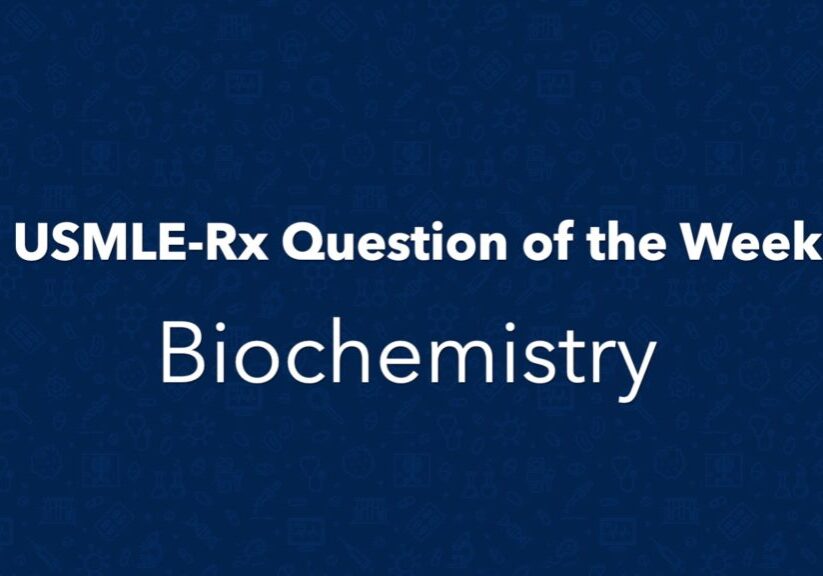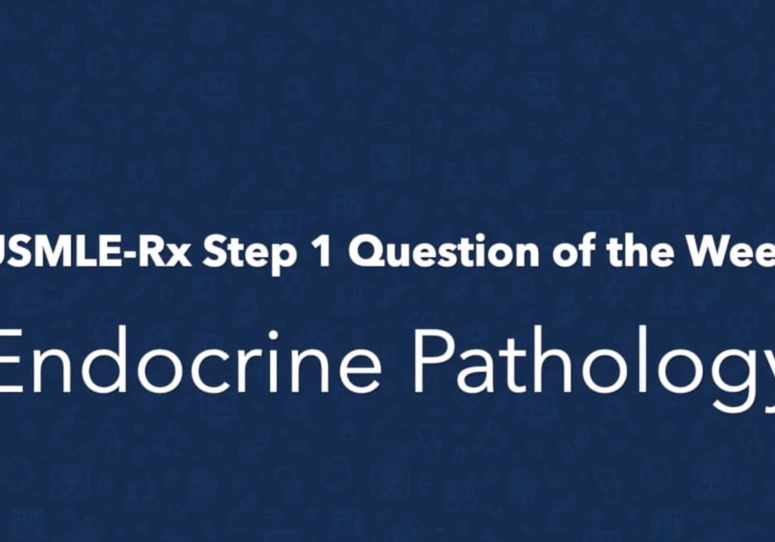Check out today’s Step 1 Qmax Question Challenge.
Know the answer? Post it below! Don’t forget to check back for an update with the correct answer and explanation (we’ll post it in the comments section below).
 The image depicts steps in an immunologic activation pathway.
The image depicts steps in an immunologic activation pathway.
This pathway is most important for which activity of the immune system?
A. Antibody production
B. Antigen presentation and destruction of intracellular pathogens
C. Defense against parasites by eosinophils
D. Immediate allergic hypersensitivity reaction
E. Neutrophil chemotaxis
———————–
Want to know the ‘bottom line?’ Purchase a USMLE-Rx Subscription and get many more features, more questions, and passages from First Aid, including images, references, and other facts relevant to this question.
This practice question is an actual question from the USMLE-Rx Step 1 test bank. For more USMLE Step 1 prep, subscribe to our Flash Facts and Step 1 Express video series. Score the best deal on all three products with a Step 1 Triple Play Bundle.




Answer is option B.
B.
Macrophage-Lymphocyte Interaction
Answer should be B
ROBBINS PATHOLOGY ????????
C
The correct answer is B. Cell 1 is a macrophage and cell 2 is a helper T cell. The image depicts a macrophage secreting interleukin-12, which causes the naïve helper T cell to differentiate into a Th1 cell. In turn, the T cell secretes interferon-?, stimulating the macrophage to increase antigen presentation and lysosome production. This series of events is an important mechanism for increasing killing of intracellular pathogens such as mycobacteria.
A is not correct. Naïve helper T cells are exposed to interleukin-4 to differentiate into Th2 cells. These Th2 cells are important in the humoral immune response and produce interleukin-4 and interleukin-5 to promote B-cell antibody production.
C is not correct. Eosinophils do not present antigens to Th1 cells and are not clasically thought to secrete IL-12. Plasma levels of eosinophils increase in hypersensitivity diseases such as asthma and in parasitic infection.
D is not correct. Basophils and mast cells are the primary mediators of the immediate allergic, or type I, hypersensitivity reaction. These cells are activated by attached IgE and produce histamine and other inflammatory chemicals. Interleukin-12 and interferon-? are not directly involved.
E is not correct. Interferon-?, interleukin-8, and C5a are major chemotactic factors for neutrophils. Neutrophils are not antigen-presenting cells and would not secrete interleukin-12.